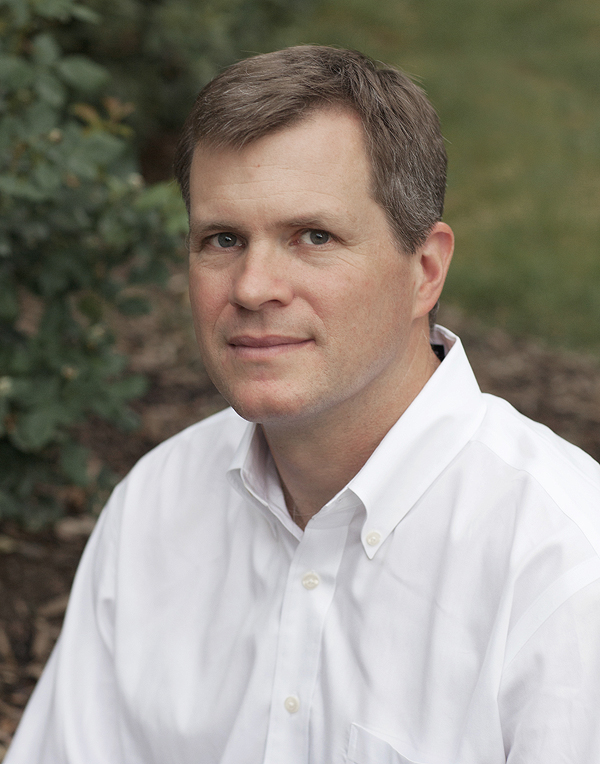Staying Afloat During the Perfect Storm
Published by: WCET | 9/14/2018
Tags: Collaboration/Community, Cost Of Instruction, Financial Aid
Published by: WCET | 9/14/2018
Tags: Collaboration/Community, Cost Of Instruction, Financial Aid
In a week when both the Carolinas and Hawai’i are being hit by hurricanes, we are reminded of the power of a particularly powerful storm to wreak havoc. Former WCET Steering Committee member, Burck Smith, has long been a student of the economics of postsecondary education. We welcome his insights on how colleges are (or should be) navigating the current financial “storms” that lay ahead. Thank you Burck.
– Russ Poulin, WCET
Higher ed pundits, myself included, contribute to a genre of commentary that I will call “Perfect Storm Lit.” It posits that the business model for accredited colleges is being buffeted by a perfect storm of forces that include declining taxpayer subsidies that are not likely to recover, new online competition from non-colleges and other colleges, rising operational costs driven by a facilities construction arms race, consumer cynicism driven by student debt and the high price/high discount financing model, increasing difficulty attracting full-pay international students, a projected decline in students of college age, and more.  These forces drive per-enrollment revenue down, operational costs up and marketing costs up – ultimately resulting in college closures.
These forces drive per-enrollment revenue down, operational costs up and marketing costs up – ultimately resulting in college closures.
Perfect Storm Lit isn’t wrong. However, it does not capture how colleges have reacted to these forces and how these reactions slow change.
Businesses (and people) usually require a crisis to initiate change. Today’s higher education market dynamics certainly qualify. In Spring 2018 overall student enrollment dropped 1.3% — and for the third straight year. Worse, non-traditional students, who often enroll in more profitable programs, have declined at even greater rates. With the number of 18-year olds declining over time, this trend is not likely to reverse.
Some will argue that enrollment will rebound when the economy weakens. However, with a growing number of non-college alternatives for non-traditional students, such a rebound can’t be guaranteed. While colleges can’t control the macroeconomic and demographic forces at play, they can control their own operations and programs.
Colleges are responding by finding ways to work with non-college providers to drive new enrollments and keep existing ones, finding operational efficiencies and pursuing ways to maintain or grow taxpayer subsidies. The end result is a slower than predicted market shift.
Starting in 2008 for StraighterLine and 2012 for MOOCs and boot camps, non-college education providers were positioned as competition to the traditional college model. Though new providers certainly draw some students away, both colleges and non-colleges have realized that they can often better serve students together.  For instance, Coursera now powers online degree programs at the University of Illinois and elsewhere. Udacity has created a computer science degree program with Georgia Tech. Trilogy is a provider of outsourced boot camp programs for colleges. StraighterLine builds college specific, low-cost, low-risk “refer and return” pathways for students that can’t be immediately admitted and those that are at-risk or have dropped out.
For instance, Coursera now powers online degree programs at the University of Illinois and elsewhere. Udacity has created a computer science degree program with Georgia Tech. Trilogy is a provider of outsourced boot camp programs for colleges. StraighterLine builds college specific, low-cost, low-risk “refer and return” pathways for students that can’t be immediately admitted and those that are at-risk or have dropped out.
In essence, thoughtful colleges are combining the best of their business models and new providers’ business models into educational solutions that better serve students. This helps colleges start new programs quickly, limit start-up risk, improve yield and improve student persistence and retention.
Colleges have also adopted the old business adage that it’s easier to keep a customer than to find a new one. Though “access” is an important part of any college’s mission, “success” has, arguably, become more important. Examples are the growth of co-requisite remediation to start students earning college credit immediately, micro-grants to help students overcome life issues that might otherwise derail them, and adopting OER to lower the price, out-of-pocket expenses, and price variability for students.
To shore up their bottom lines, colleges are also taking a hard look at the viability of individual academic programs or even whole colleges. For instance, does a college make or lose money on a program? Are section assignments, scheduling and faculty work-load optimized?
Some are finding that it’s better to make a dramatic changes rather than incremental improvements. According to a TIAA Institute study, there have been 24 higher ed mergers and acquisitions in the last 8 years compared to no more than 16 in any 10 year period in the previous century. Though a merger carries its own risks, it does allow merging colleges to better amortize marketing expenses, generate administrative efficiencies, and create sufficient student scale to offer a wide variety of programs.
To better understand all of the factors affecting an individual college’s students and its operations, colleges, like companies in most other industries, are trying to better collect and understand their own data. Those that can’t do it in-house are turning to companies like Heliocampus and Civitas to aggregate, present, understand and act on their data currently siloed in various systems.
Finally, one of the greatest contributors to the resiliency of the accredited college business model is the amount and breadth of taxpayer subsidies that support colleges and the students that attend them. These subsidies include direct state support, federal grants to students, subsidized loans, personal tax deductions, 529 plans, non-profit status, and more.
With competing demands for state and federal funding crowding out higher education, it’s hard to envision substantial growth in existing subsidy streams. However, as a group, higher education continues to pursue new subsidies. Today’s strategies include Free College and Promise initiatives and the creation of new institutions like the $100 million dedicated to the California Community College System to build a new online college.
Due to taxpayer subsidies, regulatory protection, legacy enrollment habits, and more, the accredited college business model has proven more resilient than predicted by Perfect Storm Lit. However, the macroeconomic, technological and demographic forces affecting accredited higher education are not going away.
Like in almost all other markets, macro forces combine with micro innovations to create new models and services that, ultimately, better serve students – which is something we should all celebrate.

Burck Smith
CEO and Founder
StraighterLine
